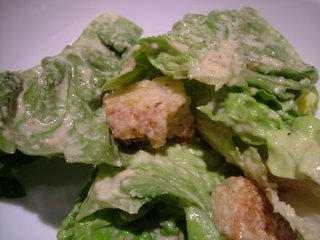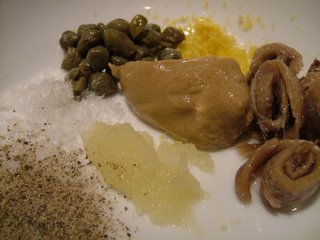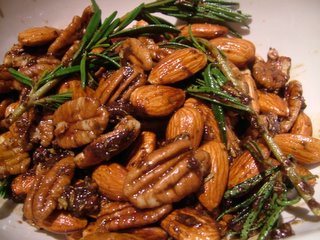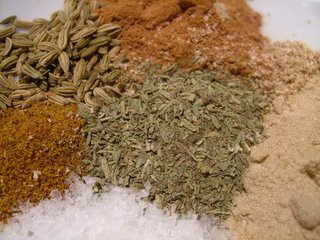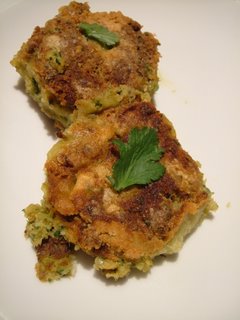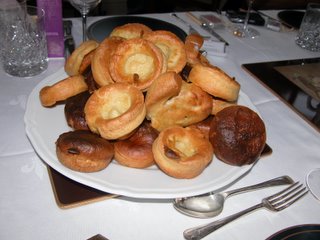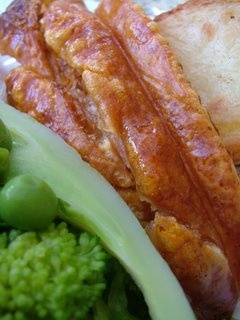 When Mr Weasel and I were living in Paris, we spent a lot of our time in one of the city’s Chinatowns, along the Avenue d’Ivry. It’s more a Cambodia-town or a Vietnam-town than London’s Chinatown, which is full of Chinese people and food; France is home to many more Vietnamese, Laotian and Cambodian people than the UK is, and this is reflected in the food.
When Mr Weasel and I were living in Paris, we spent a lot of our time in one of the city’s Chinatowns, along the Avenue d’Ivry. It’s more a Cambodia-town or a Vietnam-town than London’s Chinatown, which is full of Chinese people and food; France is home to many more Vietnamese, Laotian and Cambodian people than the UK is, and this is reflected in the food.
One of my favourite Vietnamese dishes is these spring rolls, which are very hard to find in restaurants in the UK. Many cultures cook things wrapped in other things – there is the burrito, the Malaysian po pia, the fajita, the crèpe and . . . I suppose the closest English equivalent is the Cornish pasty. The cha gio stands head and shoulders above all of these – it’ s got texture and flavour to beat them all to a pulp in any contest of wrapped-up-things you may choose to imagine.
Cha gio get their texture, both crisp and chewy all at once, from the rice paper skins they are wrapped in. You can find these in good oriental supermarkets, and although they’re a little fragile when dry, they’re very easy to handle and wrap with. The finished rolls are wrapped in lettuce and herbs, making them taste fresh and light.
To make about sixty cha gio, you’ll need:
Rolls
225g cellophane (bean thread) noodles
4 carrots, grated
8 dried shitake mushrooms, soaked
8 water chestnuts
1 dressed crab
12 raw tiger prawns, peeled and deveined
350g minced pork
1 onion
5 spring onions
4 cloves garlic
6 shallots
4 tablespoons fish sauce (nuoc mam)
3 eggs
15 x 25cm discs of rice paper (available in oriental supermarkets)
Sugar and water for soaking
Oil for deep-frying
Lettuce and mint leaves for wrapping
Sauce
4 cloves minced garlic
½ cup nuoc mam
¼ cup caster sugar
1 teaspoon chili oil
1 diced red chili
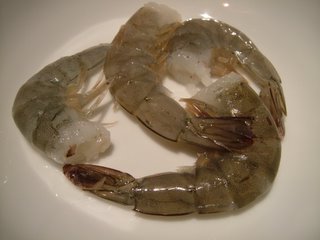 Soak the noodles in boiling water and set aside, draining and rinsing in cold water after 15 minutes. Put the mushrooms, water chestnuts, crab, pork, prawns, onions, garlic and shallots in the food processor and pulse until chopped finely. Use your hands to stir in the fish sauce, the eggs, the carrots and the noodles.
Soak the noodles in boiling water and set aside, draining and rinsing in cold water after 15 minutes. Put the mushrooms, water chestnuts, crab, pork, prawns, onions, garlic and shallots in the food processor and pulse until chopped finely. Use your hands to stir in the fish sauce, the eggs, the carrots and the noodles.
Fill a mixing bowl half-full with warm water, and dissolve about six tablespoons of caster sugar in it – the sugar will help the rolls brown and help the sweetness of the carrots come through. Soak a rice-paper disc in this until it’s soft and pliable. Cut it with scissors into quarters. Place a dessert spoonful of the filling on the curved edge, fold over the adjacent corners and roll up, as in these photographs.

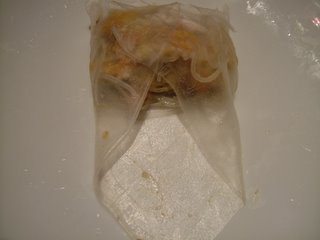

Deep fry the little rolls (I use a wok, which helps save on oil) until they are golden brown.
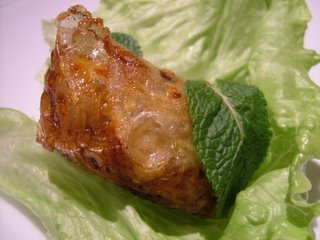 To serve, wrap each one in a leaf of lettuce with some mint leaves. Dip in the spicy sauce and do your very best to nibble delicately. Delicious.
To serve, wrap each one in a leaf of lettuce with some mint leaves. Dip in the spicy sauce and do your very best to nibble delicately. Delicious.
Those visiting Paris should run, not walk to Kim Anh (51 Av Emile Zola, 15e, 01 45 79 96), where the nems are . . . pretty much as good as these, only you don’t have to do all the work. (I lie. They’re even better, and they’re served alongside the very best Vietnamese food I’ve ever eaten.)


